Recurrent Network Solutions for Human Posture Recognition Based on Kinect Skeletal Data
- PMID: 37299986
- PMCID: PMC10255961
- DOI: 10.3390/s23115260
Recurrent Network Solutions for Human Posture Recognition Based on Kinect Skeletal Data
Abstract
Ambient Assisted Living (AAL) systems are designed to provide unobtrusive and user-friendly support in daily life and can be used for monitoring frail people based on various types of sensors, including wearables and cameras. Although cameras can be perceived as intrusive in terms of privacy, low-cost RGB-D devices (i.e., Kinect V2) that extract skeletal data can partially overcome these limits. In addition, deep learning-based algorithms, such as Recurrent Neural Networks (RNNs), can be trained on skeletal tracking data to automatically identify different human postures in the AAL domain. In this study, we investigate the performance of two RNN models (2BLSTM and 3BGRU) in identifying daily living postures and potentially dangerous situations in a home monitoring system, based on 3D skeletal data acquired with Kinect V2. We tested the RNN models with two different feature sets: one consisting of eight human-crafted kinematic features selected by a genetic algorithm, and another consisting of 52 ego-centric 3D coordinates of each considered skeleton joint, plus the subject's distance from the Kinect V2. To improve the generalization ability of the 3BGRU model, we also applied a data augmentation method to balance the training dataset. With this last solution we reached an accuracy of 88%, the best we achieved so far.
Keywords: ambient assisted living; deep learning; human action recognition; recurrent neural network; skeletal data.
Conflict of interest statement
The authors declare no conflict of interest.
Figures
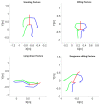
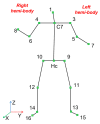


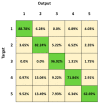

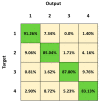

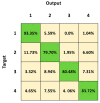

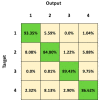



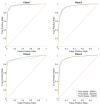

References
-
- World Health Organization . World Report on Ageing and Health—World Health Organization—Google Libri. World Health Organization; Geneva, Switzerland: 2015.
-
- OECD . Fiscal Challenges and Inclusive Growth in Ageing Societies OECD Economic Fiscal Challenges and Inclusive Growth in Ageing. OECD; Paris, France: 2019.
-
- Billari F.C., Muttarak R., Spiess C.K. Demographic Change and Growing Population Diversity in Europe. European University Institute; Fiesole, Italy: 2022.
-
- Alsaeedi A., Jabeen S., Kolivand H. Ambient assisted living framework for elderly care using Internet of medical things, smart sensors, and GRU deep learning techniques. J. Ambient. Intell. Smart Environ. 2022;14:5–23.
-
- Aleksic S., Atanasov M., Agius J.C., Camilleri K., Cartolovni A., Climent-Peerez P., Colantonio S., Cristina S., Despotovic V., Ekenel H.K., et al. State of the art of audio-and video-based solutions for AAL. arXiv. 20222207.01487
MeSH terms
Grants and funding
LinkOut - more resources
Full Text Sources
Medical

